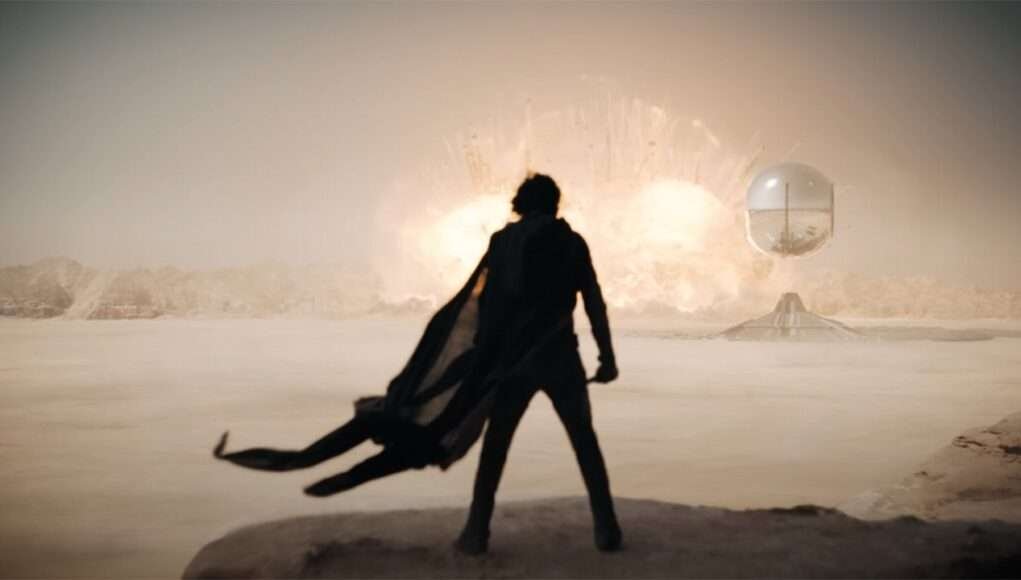Dune: Part Two is visually stunning while simultaneously being an absolute bore
This movie, unfortunately, is a bore that mistakes itself for a masterwork of filmmaking entertainment. Rather than just being a good movie, it’s a self-aware film that seems to constantly say to viewers, “We are great, partake in our greatness … and the spice.”
“Dune: Part Two” is visually stunning, yes, and it is a movie that showcases the meticulous planning and attention to detail by director Denis Villeneuve. The cinematography, led by Greig Fraser, is nothing short of breathtaking, capturing the vast and desolate landscapes of Arrakis with a cinematic grandeur that immerses the audience in the epic world of Frank Herbert’s universe. From the intricate costume designs to the awe-inspiring set pieces, every frame of the film is a testament to the commitment of the production team in bringing this sci-fi epic to life. The well-thought-out world-building and the use of practical effects seamlessly blend with the CGI, creating a visually arresting experience that sets a new standard for modern filmmaking.
Even with the beauty in which it is shot, “Dune: Part Two” is about as interesting as miles and miles and miles and miles of sand dunes that continuously and endlessly on.
However, as visually impressive as “Dune: Part Two” may be, its pacing and narrative choices leave much to be desired. The film can be described as dry and at times, laboriously slow, making it a challenging watch for those unfamiliar with the source material. The intricate political, religious, and cultural nuances of the Dune universe are presented with an almost academic approach, leaving little room for emotional engagement. The extensive dialogue and exposition-heavy scenes may alienate casual viewers, making it a test of endurance rather than an enjoyable cinematic experience. While Villeneuve’s commitment to staying true to the source material is commendable, it results in a film that lacks the dynamic energy and pacing necessary to hold the audience’s attention throughout its lengthy runtime.
Timothée Chalamet delivers a commendable performance as Paul Atreides, injecting a sense of vulnerability and depth into his character. Despite the challenges presented by the dense narrative, Chalamet manages to convey the internal struggles and conflicts faced by Paul on his journey. The supporting cast, including Rebecca Ferguson, Javier Bardem, Josh Brolin, and Austin Butler, contribute solid performances, each bringing a unique dimension to their respective roles. However, it is Christopher Walken’s portrayal of the enigmatic Stilgar that steals the spotlight. Walken’s presence and charisma elevate the character, adding a layer of intrigue and unpredictability to the narrative. His performance serves as a standout moment in an otherwise emotionally distant film.
Villeneuve has now proven that this is what he is as a filmmaker he creates visually stunning artwork that is equally disengaging when it comes to pacing and story.
While “Dune: Part Two” may find favor with die-hard fans of the Dune series, it falls short of delivering a satisfying cinematic experience for a broader audience. The film’s commitment to fidelity to the source material may be commendable, but it sacrifices accessibility and emotional resonance in the process. The complex political and cultural aspects may alienate those unfamiliar with the Dune universe, resulting in a film that caters primarily to a niche audience. Despite its visual brilliance and the commendable efforts of the cast, “Dune: Part Two” leaves much to be desired, hinting at the challenges of adapting a dense and intricate novel series into a cohesive and engaging cinematic experience.
Gordo’s Grade: B-






